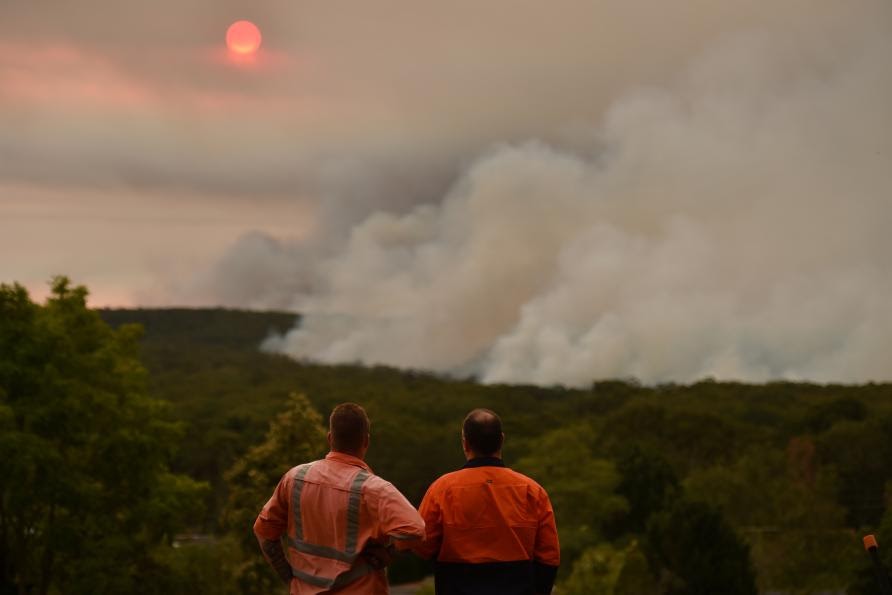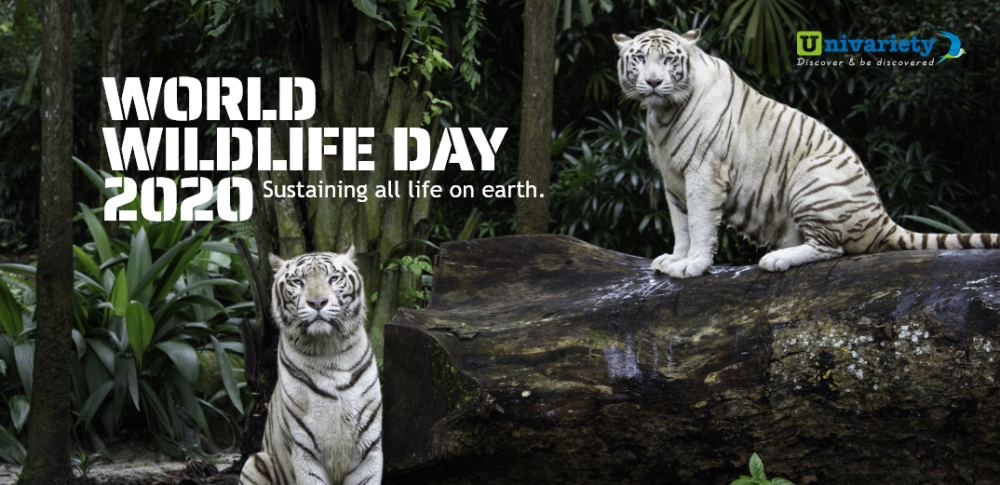Don’t we all remember our childhood days of ‘The Jungle Book’? The story of Mowgli, an abandoned child, and how he is raised by a pack of wolves is narrated against the backdrop of India’s dense forests. It is a testimony to the megadiverse Indian wildlife.
Indian Wildlife
Home to more than 400 species of animals and 2000+ species of birds, India is the only country in the world where both the lion and the tiger are native to. Some of the most biodiverse regions of the world are in India including four of the world’s 36 biodiversity hotspots – the Western Ghats, the Eastern Himalayas, Indo-Burma, and Sunda Land. 8% of the world’s biodiversity is spread over 2% of the earth’s surface that is India. These statistics are the reason why we need to do everything we can to protect our wildlife. A few years ago the United Nations General Assembly proclaimed March 3 as ‘World Wildlife Day’ with the aim of spreading awareness and celebrating wildlife the world over. The theme for 2020 is ‘Sustaining All Life on Earth’.

According to the IUCN, habitat loss has affected 89% of all threatened birds, 83% of mammals and 91% of plants globally. In India, 132 species of plants and animals have been listed as ‘critically endangered’. India’s population of 1.3 billion continues to grow and is expected to rise by 16% by 2030. Our massive population means large-scale encroachment of forest land and loss of habitat
As our population continues to grow and we keep destroying our forests, the conflict between man and other animals is getting larger. Between 2014 and 2017, 1144 people were killed by wild animals, who in search of food, or space, ventured out into human settlements. On the flip side, to this day, tigers and elephants are the most hunted animals for their ivory tusks or bones that are sold on the black market. Apparently, they lend themselves to Chinese medicine though there has been no evidence of their effectiveness.
Schools have the largest role to play in conserving wildlife
There probably has never been a time when the issue of wildlife conservation has been this important. So, it is imperative that we educate our children and the next generation about the sensitivity of the issue. Their participation and involvement are crucial. One of the ways of doing this is by raising awareness through various platforms. Schools can do a lot to educate their students and sensitize them to the atrocities being committed toward wildlife.
Factoid: In a shocking study by the University of Melbourne, it was revealed that the bushfires that took place in the state of Victoria, Australia in 2009, heavily traumatized children which ultimately made them slower in reading and in numeracy skills
8 Things You Can Do in Your School to Do Your Bit for Wildlife Conservation
1. Raise awareness and encourage discussion
The first step to changing anything is creating enough awareness about it and that can be done in many ways. One of them could be to organize a drive for wildlife conservation to create interesting videos/posters/charts on the importance of wildlife and every single species. The most creative entries can be awarded and put up on all school-related communication.
2. Organize field trips with experts and encourage volunteers
To break the monotony, the school could set up a field trip for students to a wildlife sanctuary or a national park. Students can explore the flora and fauna in that region and experience what it is like to live in the wild. To learn more about the various species of plants and animals, a wildlife expert could be brought in. If you want to take things up a notch, you can also arrange for your students to volunteer at an environmental NGO. Students can learn so much about wildlife by spending quality time with professionals.
3. Introduce courses on wildlife conservation
It is worthwhile to have a short course that educates students on India’s biodiversity. It could be designed in a manner that is more practical than theoretical and the above-mentioned points could be a part of the course too. By applying whatever they learn and doing, students can learn better. after that, The goal is to make them feel responsible for their environment and wildlife in particular.
4. Talk to your students about ‘green careers’
Doing courses can also provide an impetus to students who want to pursue a ‘green career’. Students are usually very curious about the wild and often enjoy exploring it. Organizing a career fair dedicated to careers in nature and wildlife conservation will serve as a fantastic starting point for several students who are interested but clueless as to where to go.
5. Be an eco-friendly school
Plant more trees, and encourage carpooling and public transport. Reduce water wastage and unnecessary consumption of electricity. Watch your carbon footprint and the children will follow.
6. Improve your waste management
Teach your students about the importance of waste segregation. Separate biodegradable wet waste from dry waste. Little steps like these can go a long way.
7. Create a garden in your school. Let students be a part of it.
This could make for a very interesting activity. Several schools in the UK have already been doing this where they bring students to build a garden in an unused corner of their school. The students take turns to work on it every term and carefully tend to the garden. The result has been fantastic. It has attracted a large variety of birds and now these students are busy building nests for them.
8. Get theatrical about it
Utilize the support of theatre groups within the school to narrate stories about wildlife. A number of books have been written about the same and can be enacted to showcase the diverse flora and fauna that India is home to.
In our quest to create successful leaders and innovators, we must not forget our responsibility to mould our students into responsible, environmentally-conscious individuals. The need of the hour is to conserve and protect because our lives are closely connected to the sustainability of life on our planet. So, let’s begin doing that this World Wildlife Day. Let’s sustain all forms of life on earth.
Get In Touch With Us to Talk About Careers In Wildlife
Sayantika Mitra
Sayantika is a psychology student who likes poetry, music, and movies. Her writing style is engaging, informative, and tailored to the specific needs of each subject. Whether it's blog posts or product descriptions, Sayantika knows how to create content that resonates with search engines and human readers.


